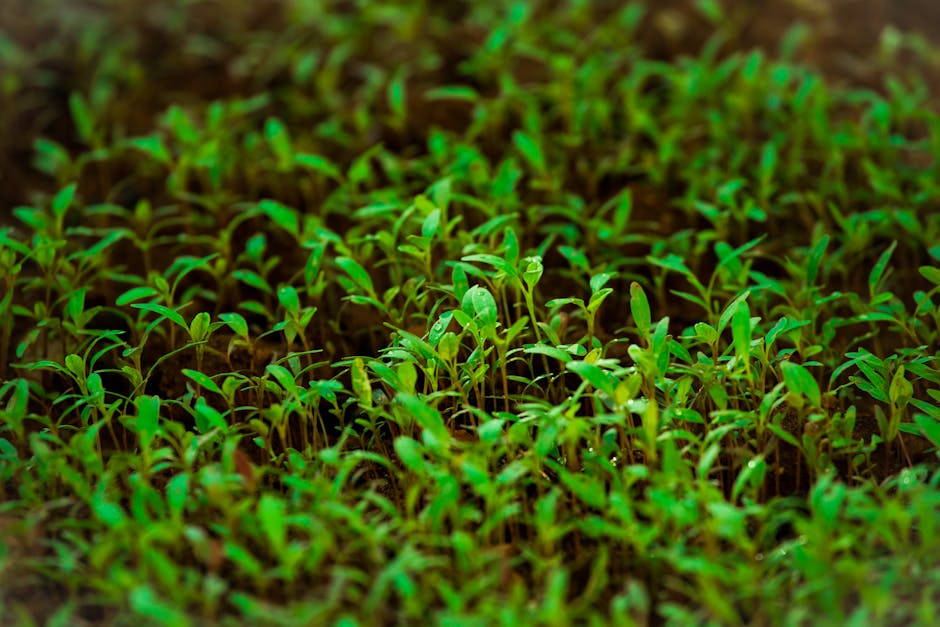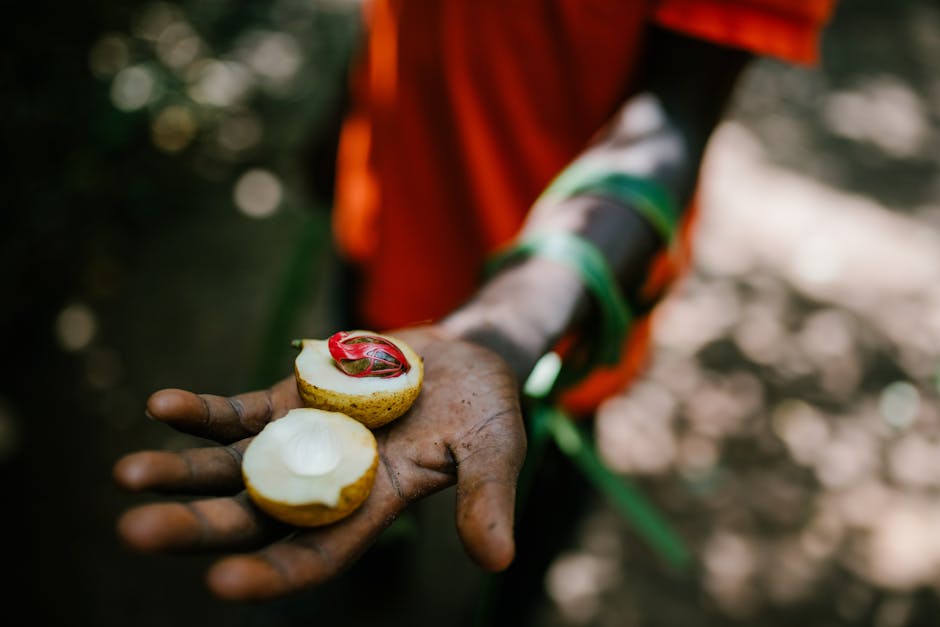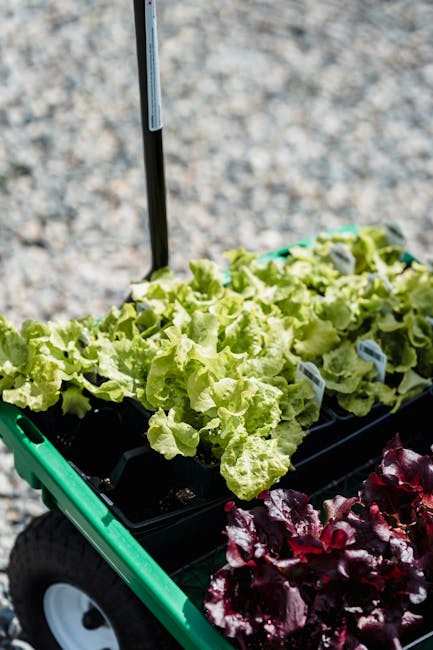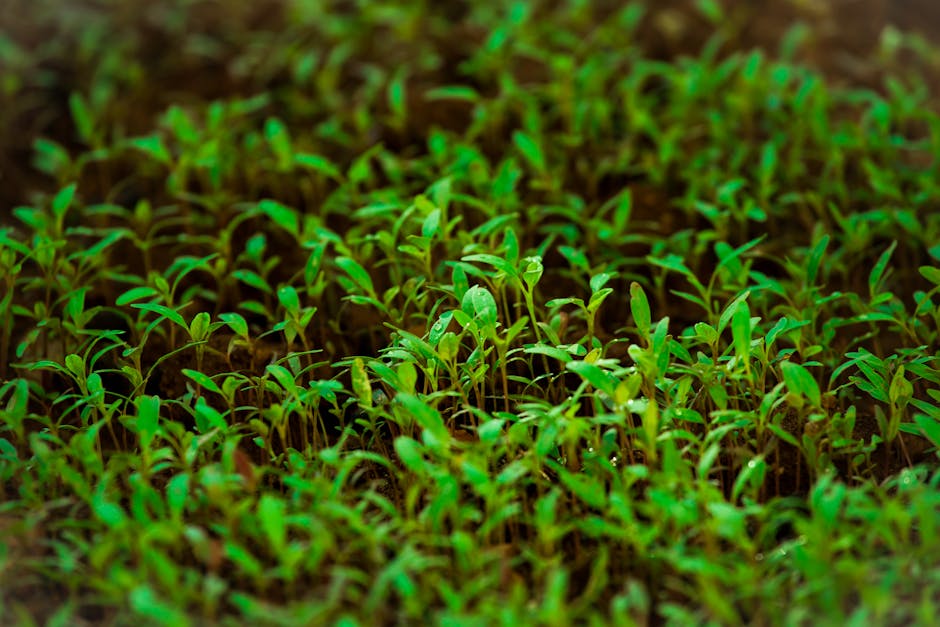Grow Your Own: The Ultimate Guide to Building a Thriving Garden Seed Stock
The allure of homegrown tomatoes, the satisfying crunch of a homegrown carrot – these are the rewards that draw many to the world of gardening. But beyond the immediate harvest lies the potential to create a self-sustaining garden through a carefully cultivated seed stock. This comprehensive guide will walk you through every step, from selecting your seeds to storing them for future harvests, empowering you to become a truly independent gardener.
Choosing the Right Seeds for Your Seed Stock
Building a robust seed stock begins with careful seed selection. Consider these crucial factors:
- Climate and Growing Zone: Select seeds suited to your local climate and USDA Plant Hardiness Zone. Choosing varieties adapted to your specific region maximizes your chances of success.
- Open-Pollinated vs. Hybrid Seeds: Open-pollinated seeds will produce offspring that are true to the parent plant, allowing you to save seeds year after year. Hybrid seeds, while often producing higher yields, typically don’t produce viable seeds for future plantings.
- Heirloom Varieties: Heirloom seeds represent generations of open-pollinated varieties that have proven themselves over time. They often possess unique flavors and characteristics, making them a valuable addition to any seed stock.
- Disease Resistance: Look for seeds boasting disease resistance to minimize the risk of crop failure and maintain the health of your seed stock.
- Seed Source: Choose reputable seed companies known for high-quality seeds and accurate labeling. Avoid sourcing seeds from unknown sources to prevent the spread of diseases and ensure genetic integrity.
Starting Your Seed Stock: From Seed to Seed
Once you’ve selected your seeds, it’s time to begin the process of growing your seed stock. This requires careful attention to detail and precise timing. Here’s a step-by-step process:
- Seed Starting: Begin seeds indoors, in seed trays or individual pots, several weeks before the last expected frost. Provide adequate light, warmth, and moisture.
- Transplanting: Once seedlings have developed a few sets of true leaves, transplant them outdoors to their permanent location, ensuring ample spacing for growth.
- Plant Care: Provide consistent watering, fertilization, and pest and disease control. Monitor plant health regularly and address any issues promptly.
- Pollination: For open-pollinated varieties, hand-pollination may be necessary to ensure genetic purity. This involves carefully transferring pollen from one flower to another using a small brush or cotton swab.
- Seed Saving: Allow fruits and seeds to fully mature on the plant before harvesting. Handle seeds with care to avoid damage or contamination.
Seed Saving Techniques: Preserving Your Harvest for Future Generations
Proper seed saving is crucial for maintaining a viable seed stock. The methods vary slightly depending on the plant type:

Seed Saving for Fruits and Vegetables
Allow fruits to fully ripen on the plant before harvesting. Once harvested, carefully extract the seeds, cleaning them thoroughly to remove any pulp or debris. Dry the seeds thoroughly in a cool, dry, well-ventilated area. Store in airtight containers in a cool, dark, and dry location.

Seed Saving for Herbs and Flowers
For many herbs and flowers, simply allow the seed heads to dry on the plant. Once dry, collect the seeds by gently rubbing the seed heads. Clean the seeds and store as described above.
Storing Your Seeds: Ensuring Viability and Longevity
Proper storage is essential for maintaining the viability of your seeds. Follow these guidelines:
- Airtight Containers: Use airtight containers made of glass or food-grade plastic to prevent moisture absorption and insect infestation.
- Cool, Dark, and Dry Environment: Store seeds in a cool, dark, and dry location, ideally with temperatures between 35-45°F (1.7-7.2°C). A refrigerator is ideal.
- Labeling: Clearly label each container with the plant name, variety, and harvest date to aid in organization and identification.
- Regular Checks: Periodically check your seed stock for signs of damage or deterioration. Replace any damaged seeds.
- Seed Viability Testing: Perform a germination test periodically to check the viability of your seeds. This involves planting a small sample of seeds and observing the germination rate.
Troubleshooting Common Seed Saving Challenges
Even with careful planning, challenges can arise when saving seeds. Here are some common issues and how to address them:

- Poor Germination Rates: This can be due to improper seed storage, seed age, or genetic factors. Regularly test viability and select seeds from robust plants.
- Seed Contamination: Maintain cleanliness throughout the seed saving process to avoid cross-pollination or contamination with other plant species.
- Pest Infestation: Proper storage conditions and regular inspections help prevent pest infestations. Discard any infested seeds immediately.
- Seed Disease: Carefully select disease-resistant varieties and practice good sanitation techniques to minimize disease risk.
Beyond the Basics: Expanding Your Seed Stock
As your seed stock grows, consider expanding your variety of plants and exploring different seed saving techniques. Join online gardening communities and connect with other seed savers to share knowledge and resources. Participate in seed exchanges and explore heirloom varieties to diversify your collection. By consistently following best practices and adapting to challenges, you’ll create a thriving and resilient seed stock for years to come.
Building a garden seed stock is a rewarding journey, fostering self-sufficiency, preserving biodiversity, and connecting you deeply with the natural world. It’s an investment in your garden and a legacy for future generations of gardeners.

